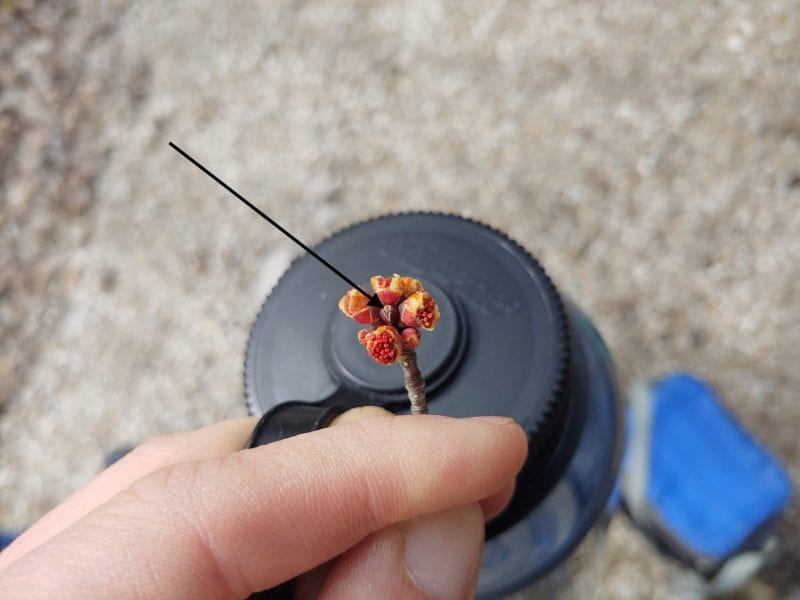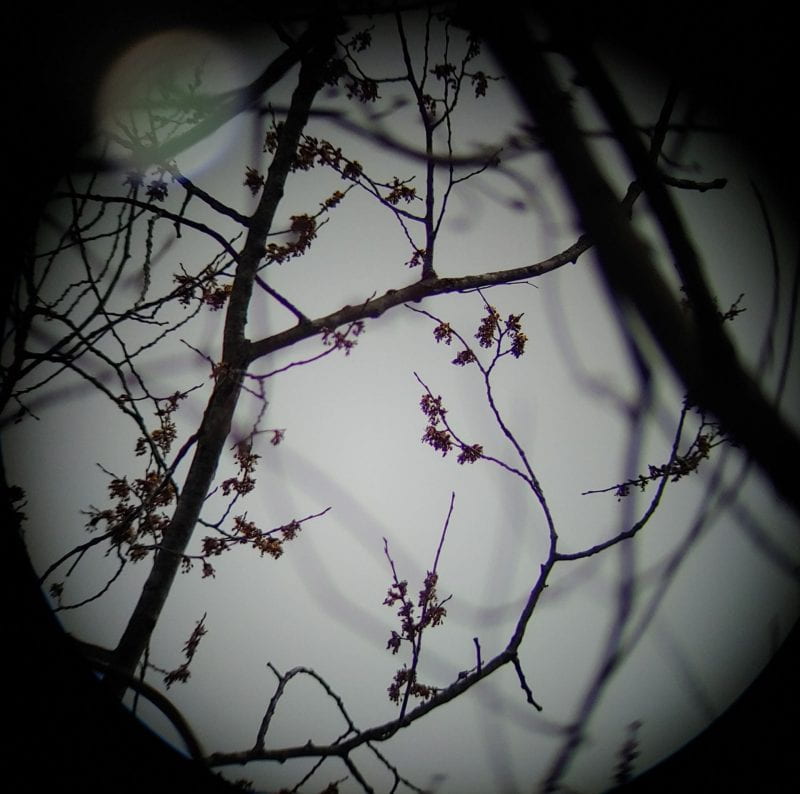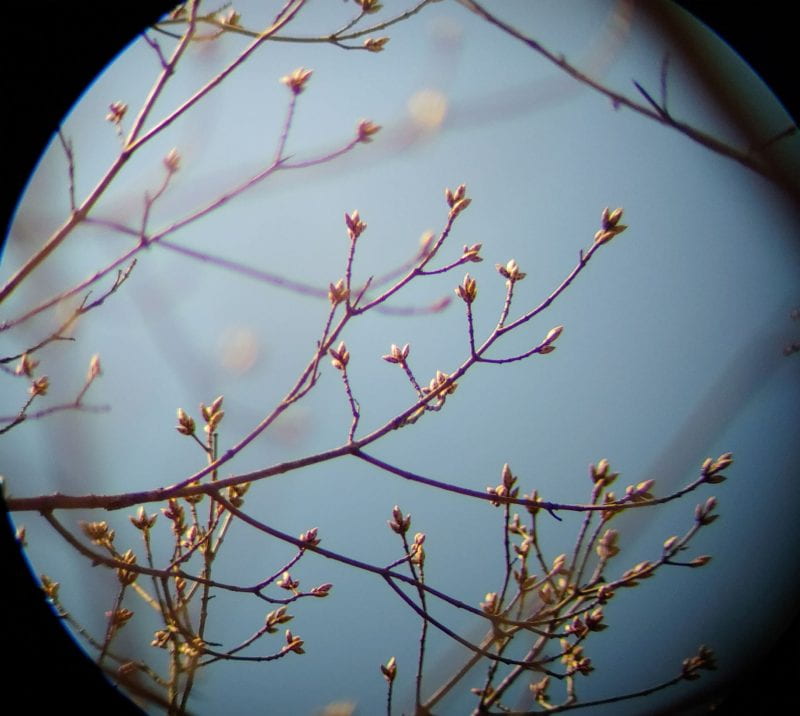We have all heard it (or said it) – once the maple trees ‘bud out’ the sap collection season is done. “Done” meaning the sap has become buddy and making syrup for the season is over. Our eyes see it and we know to expect it, but we all hold out for just one more day of collection before the tide turns. That day or the very next, the sweet smell of sap turns sour.
The good news is you don’t have to rely completely on your nose when boiling that last batch of sap. Keep a close eye on how the tree buds develop as the season progresses. When you start the season the buds are tight. As the season progresses and the weather changes towards spring, the tree buds tell the story. We can use our eyes to track bud development as the season progresses, the weather warms, and making syrup draws to a close. The good news is that this progression is somewhat predictable if one understands how something called growing degree days (GDDs for short) correlate. Read Part 1 released last week to learn how you can start tracking GDDs and incorporate them into your season planning.
Using a 60-power spotting scope we took pictures of our trees on March 17th, 23rd and 27th during the 2021 sap season. The bud progression is for sugar maple and a red x silver native hybrid maple that are present at the Ohio State Mansfield sugarbush. For reference, we deemed our sap no longer worth collecting on March 21st.
First the red x silver “mystery” maple – in the March 17th photos, the hybrid’s buds are noticeably swollen but the flowers have not burst forth yet. In the branch I’m holding, you can see the flower buds cracking open with the leaf bud still tightly closed in the center (black arrow). This is crucial to understand because trees have both flower buds and growth buds which break at different times and have different impacts on the sugaring season.
By March 23rd, despite the difficult lighting, the buds have clearly flowered.
This is even more apparent on March 27th when I took the last set of photographs. Examine the leaf bud (in the black circle) which is protruding more but still closed surrounded by the bright red maple flowers. Our operation’s sap edged towards being “buddy” in the last 2 days preceding the red maple buds popping completely out.
For the sugar maple photos, the differences are more subtle and the progression is slower – a timeline we talked about in Part 1 last week. In the March 17th pictures, the buds were barely noticeable at the ends of the uppermost twigs of the trees; however, buds were more prominent 6 days later.
By March 27th and nearly a week after we had closed down the sugarbush, sugar maple buds were elongated and swollen and obviously scaled but not yet officially burst open.
All in all, this was a great exercise to watch how trees go through the season’s progression as the weather changes. A set of binoculars is a handy tool for the sugar maker; pick some key trees in your woods and watch their buds next year. Better yet, keep detailed notes and be a studious observer of 3 primary things: sap quality, tree bud development, and those GDDs we mentioned earlier. Once you are familiar with what the bud progression looks like relative to your tree’s sap production, you will have information to align alongside GDDs for anticipating when the end of the season is near.






Thank you for the time + energy spent , + the sharing of the information to us…
You are most welcome. We are glad that you find it helpful!